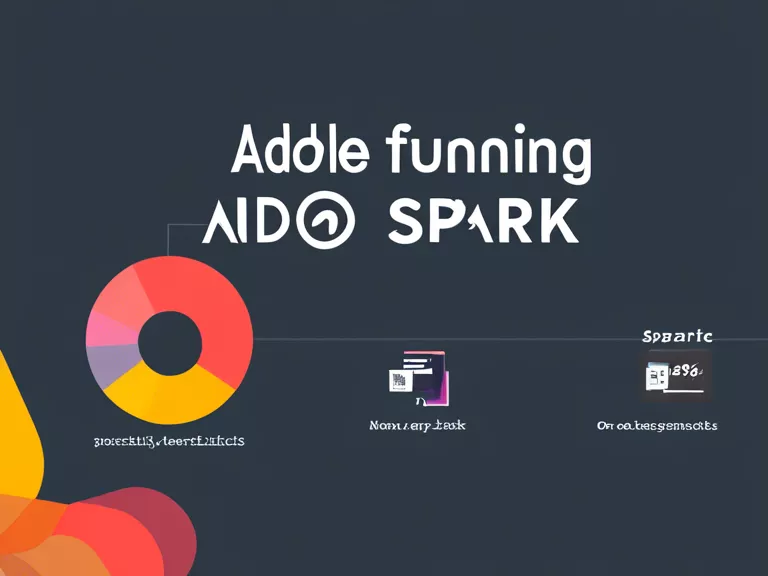
Beginner’s Guide to Using Google Analytics for Website Insights
Google Analytics is one of the most powerful tools available to website owners for tracking and analyzing their site’s performance. Whether you have a blog, e-commerce store, or business website, Google Analytics can provide valuable insights into your audience, traffic sources, and website behavior. However, for beginners, the platform can seem overwhelming at first. This guide will help you navigate Google Analytics and make the most out of it for your website.
Setting Up Google Analytics
The first step is to create a Google Analytics account and add the tracking code to your website. This code will collect data on your website visitors and send it back to the Google Analytics dashboard for analysis. Follow the step-by-step instructions provided by Google to set up your account and tracking code.
Understanding Key Metrics
Once your tracking code is in place, familiarize yourself with some key metrics in Google Analytics. These include the number of sessions, users, pageviews, bounce rate, and average session duration. Understanding these metrics will give you a basic overview of how your website is performing and where improvements can be made.
Utilizing Reports
Google Analytics offers a wide range of reports that can provide detailed insights into your website’s performance. Make use of reports such as Audience, Acquisition, Behavior, and Conversions to track your audience demographics, traffic sources, user behavior, and goal completions. These reports can help you make data-driven decisions to improve your website’s performance.
Setting Goals
Setting up goals in Google Analytics allows you to track specific actions on your website, such as newsletter sign-ups or purchases. By setting goals, you can measure the success of your marketing campaigns and optimize your website for conversions.
Monitoring and Adjusting
Regularly monitor your website data in Google Analytics and make adjustments as needed. Track changes in traffic, user behavior, and goal completions to see what is working and what needs improvement. Use this data to make informed decisions to optimize your website for better performance.
By following this beginner’s guide to using Google Analytics, you can gain valuable insights into your website’s performance and make data-driven decisions to improve your online presence.
